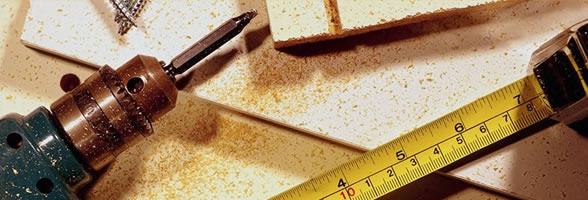
Structure of Flowering Plants
TYPICAL STRUCTURE OF THE FLOWERING PLANT
Part |
Function |
|
Root |
|
|
Stem |
|
|
Leaves |
|
|
Flower |
|
|
Buds |
|
|
Node |
|
|
Internode |
|
Differences between a dicot stem and a monocot stem
DICOT: |
MONOCOT: |
|
Vascular Bundles arranged orderly in a ring |
Vascular bundles are scattered |
|
Has cambium between xylem and phloem in the vascular bundles |
No cambium present. |
Structure of a leaf
Note:
- Leaves are thin and flat
- Stomata are present for exchange of gases
- Air spaces in the ground tissue for rapid diffusion of gases
- Some leaves have a waxy layer called a cuticle to reduce water loss. (non-cellular layer)
A Meristem
A meristem is a group of cells that continuously divide by mitosis for growth.
- Apical meristems are found near root and shoot tips and they allow for growth in length.
- Lateral meristems e.g. cambium allow for growth in width.
Meristimatic tissue divides to produce new cells. When these cells differentiate they give rise to :
- DERMAL TISSUE:
- forms the protective covering of plants
- GROUND TISSUE:
- Fills the interior of the plant
- Involved in photosynthesis or food storage. Also gives strength and support to the plant
- VASCULAR TISSUE:
- Xylem transports water and minerals
- Phloem transports food e.g glucose, amino acids.
Roots
- Structure of a T.S of a root:
Recognised by: star shaped xylem
the presence of root hairs

Strucure of L.S of a root:

|
Root Cap |
Protects Roots growing down through soil. |
|
Meristimatic Zone |
Cells divide by mitosis for growth |
|
Zone of Elongation |
Plant growth regulators stimulate these cells to get longer. |
|
Zone of Differentiation |
Cells in this region develop into different tissue tyoes. E.g. ground, vascular and dermal. |
Phloem and Xylem

PHLOEM:
Phloem is considered to be a living tissue as companion cells have a nucleus.
Function of phloem:
Transport of food e.g glucose amino acids and growth regulators. This movement of food through phloem is also called translocation.
Phloem Sieve Tubes:
- Long tubular structures
- Formed when individual cells called sieve elements join end to end
- End walls develop pores called sieve plates allowing passage of materials from one element to another
- Cytoplasm of each element remains but the nucleus degenerates
- No lignin present
Companion Cells:
- Accompany sieve tubes
- Have a nucleus and cytoplasm
- Control the activities of sieve tube elements
XYLEM:
- There are two types of xylem- xylem vessels and xylem tracheids.
- Both types of xylem are dead and hollow at maturity-(nucleus and cytoplasm are dead)
Functions of Xylem:
- Transport of water and minerals from roots
- Old xylem forms the wood in trees and gives mechanical support.
|
Xylem Vessels: |
Xyelm Tracheid Cells: |
|
|
|
|
|
|
|
|
|
|
|
|
DIFFERENCES BETWEEN DICOTS AND MONOCOTS:
|
DICOTS |
MONOCOTS |
|
May be woody or herbaceous |
Almost always herbaceous |
|
Flower part in units of 4 or 5 |
Flower parts in units of 3 |
|
Have net leaf veination |
Have parallel leaf veniation |
|
Vasucular bundles in an orderly array in a stem, may be circular or opposite |
Scattered vascular bundles in stem |
|
Have two cotyledons or seed leaves |
Have one cotyledon or seed leaf. |
|
Examples include: beans, peas, peanuts |
Examples include: daffodils, tulips, grasses. |
